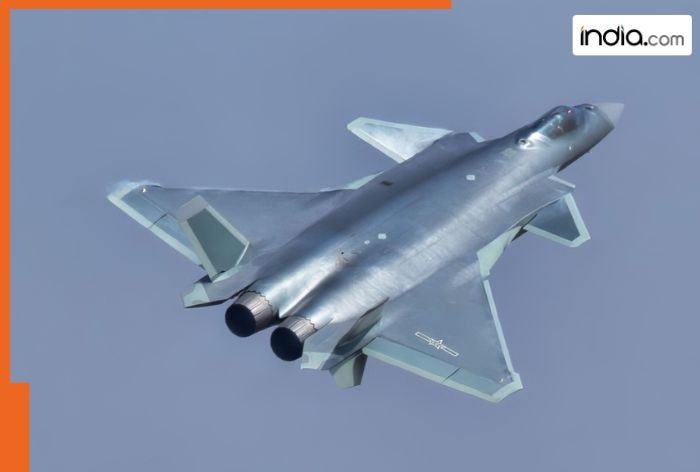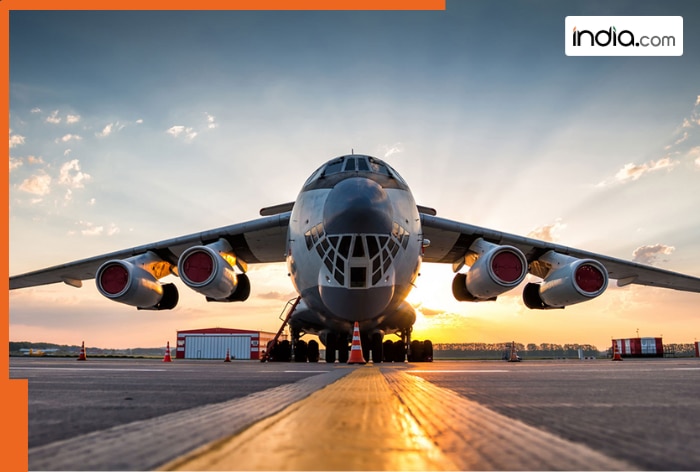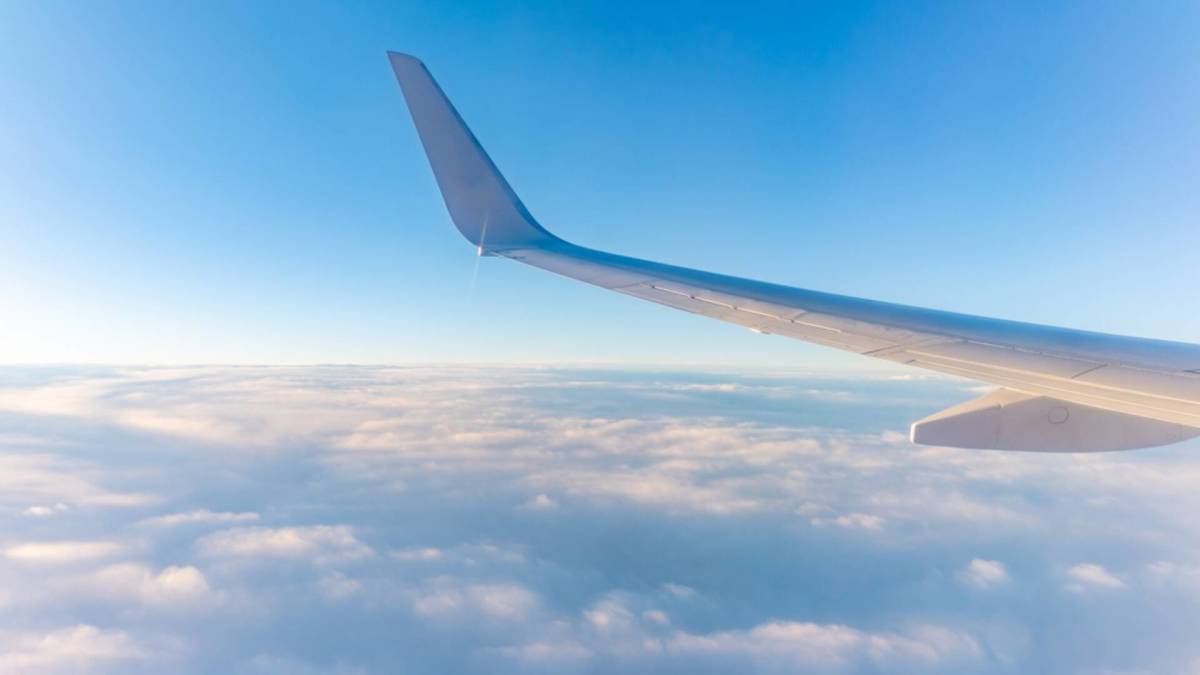Big concern for US, THIS is China’s most powerful fighter jet, can strike enemies within minutes, to challenge US F-22, F-35, features…, name is…
The WS-15 engines provide the J-20A with "supercruise" capabilities, allowing it to fly at speeds of Mach 1.2 and above without the use of afterburners.

Over the last decade, China has consistently upgraded and modernized its military capabilities, achieving improvements in all aspects of warfare, including air, land, and sea, in both quantity and quality. China has made significant investments in next-generation fighter jets, positioning itself as a major military power that can rival established powers, such as the United States, while also asserting its own national interests and strategic objectives across the Indo-Pacific and beyond through enhanced technology and readiness.
China has introduced a modified version of its fifth-generation stealth fighter jet, the J-20. The new model is called the J-20A or “Mighty Dragon,” which provides a significant increase in the capability of the People’s Liberation Army Air Force (PLAAF). The J-20A includes many features that distinguish it from earlier versions of the J-20 and from US fighter aircraft such as the F-22 and F-35. The J-20A is intended to achieve air superiority, while it is also capable of long-range strike missions.
What new engines power the J-20A and what are their capabilities?
According to the News18 Hindi report, the J-20A has been equipped with a pair of Shenyang WS-15 afterburning turbofan engines, which are rated at approximately 180 kilonewtons of thrust each. It is believed that these engines are more powerful than those used on the F-22 and F-35, which are comparable in purpose to the J-20.
The WS-15 engines provide the J-20A with “supercruise” capabilities, allowing it to fly at speeds of Mach 1.2 and above without the use of afterburners. The afterburning engine further enhances long-range mission capability, efficiency, and survivability against enemy radar.
They also allow the aircraft to integrate future weapons such as directed energy weapons. Previous models of the J-20 employed either Russian AL-31 or older Chinese WS-10 engines which were less powerful and less reliable.
Why is the J-20A a game-changer for China’s air force?
The aerodynamics and stealth design concepts of the J-20A give it a very low radar cross-section (RCS) from the front, and it is relatively difficult to detect from the forward approach.
A chined forebody and DSI (divert-less supersonic inlet) conceals the engine blades from radar, reported News18 Hindi. Saw-tooth edges and angle reductions also mitigate radar signature. Radar-absorbent material and a restructured nosecone and shape of the intake improve stealth even further.
According to the News18 report, the J-20A utilizes a cutting-edge glass cockpit, a helmet‑mounted display (HMD), and multispectral sensors, vastly enhancing pilot situational awareness. To ensure comprehensive 360-degree coverage, its electro‑optical system takes advantage of an arrangement comparable to the F‑35’s Distributed Aperture System (DAS); in effect, the J-20A is able to achieve full-sphere visual and infrared sensing.
Its AESA radar is stated to produce roughly 50% more power than the F-22’s radar, increasing long-range detection and tracking capabilities. A sensor-fusion suite of sensors combines information from the radar, infrared, and other sensors in order to allow passive detection and triangulation of adversaries — this means the J-20A is able to find adversaries without actively emitting signals, increasing its survivability and stealth in contested airspace.
STORY HIGHLIGHTS
- The WS-15 engines provide the J-20A with “supercruise” capabilities, allowing it to fly at speeds of Mach 1.2
- According to the reports, the J-20A can carry air-to-air missiles with long ranges, like the PL-15 (≈ 200 km) and PL-21 (≈ 400 km).
- They also allow the aircraft to integrate future weapons such as directed energy weapons.
- It can perform both air-to-air missions and strike missions.
According to the reports, the J-20A can carry air-to-air missiles with long ranges, like the PL-15 (≈ 200 km) and PL-21 (≈ 400 km), within its internal weapons bay. The side bays can carry short-range PL-10 missiles that can be fired without opening the bays. The jet changes to “beast mode,” allowing it to carry eight long-range missiles under its wings. The J-20A has an internal fuel capacity of about 12,000 kg, providing an estimated combat radius of around 2,000 km. It can perform both air-to-air missions and strike missions, and can further extend its endurance with aerial refueling.
What's Your Reaction?





















































